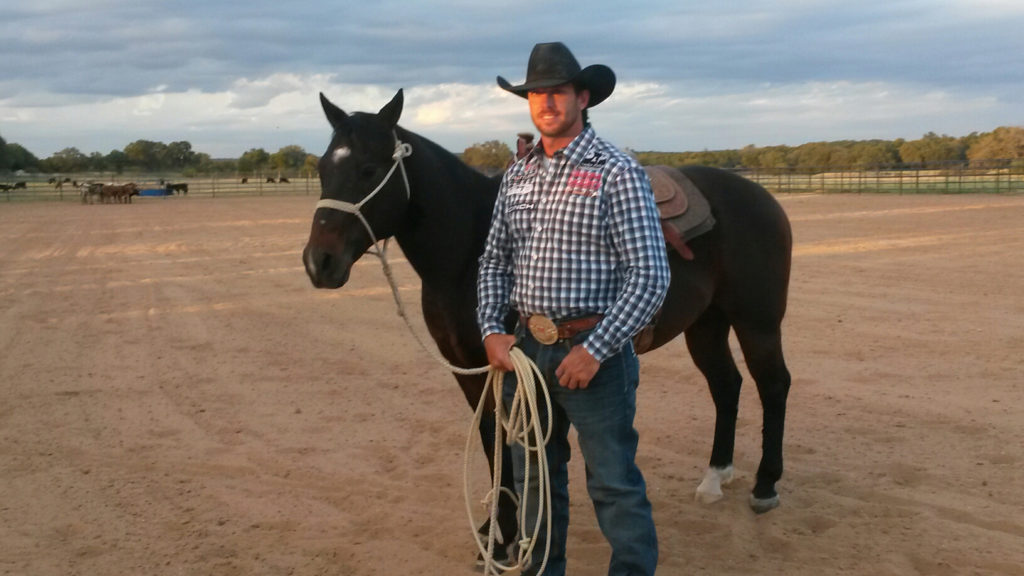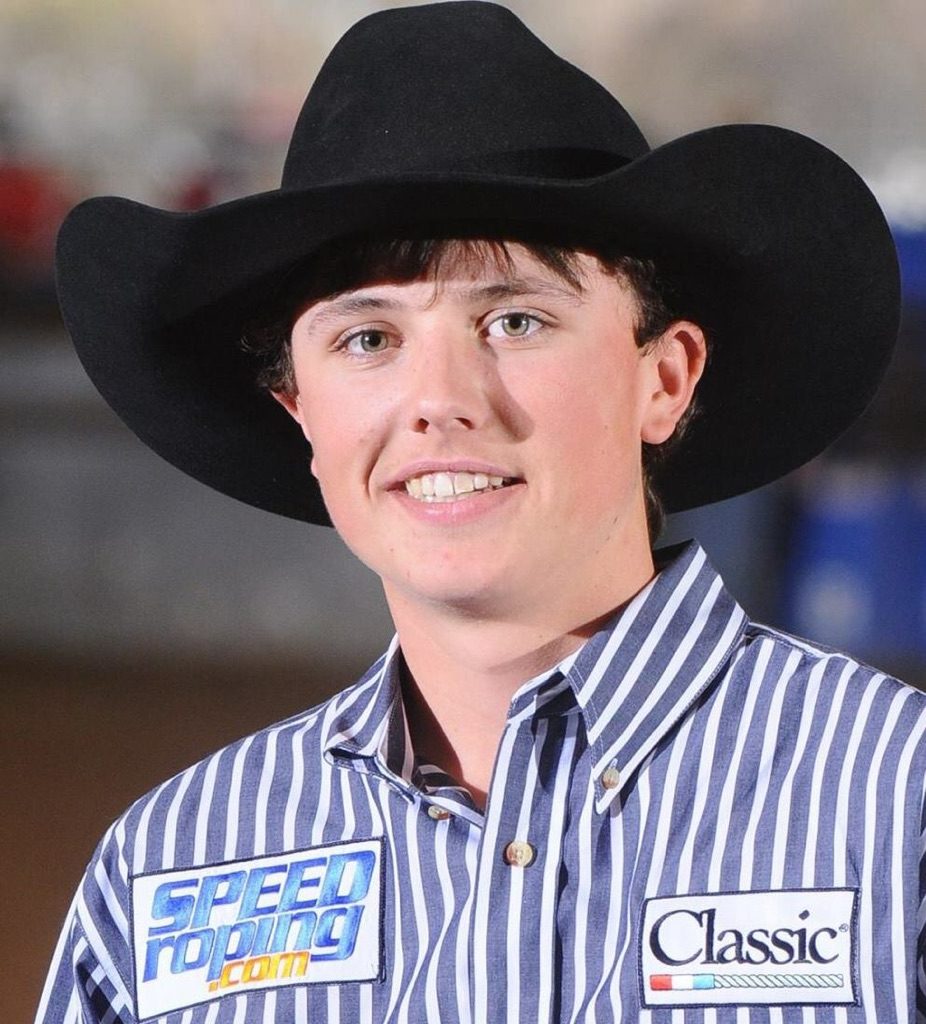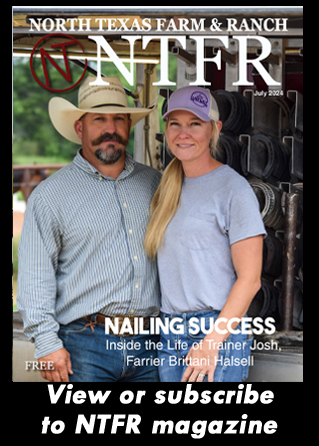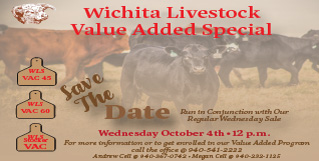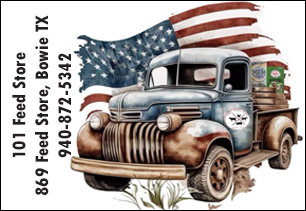Equine
NFR Bound – Prepping for 10 Grueling Rounds
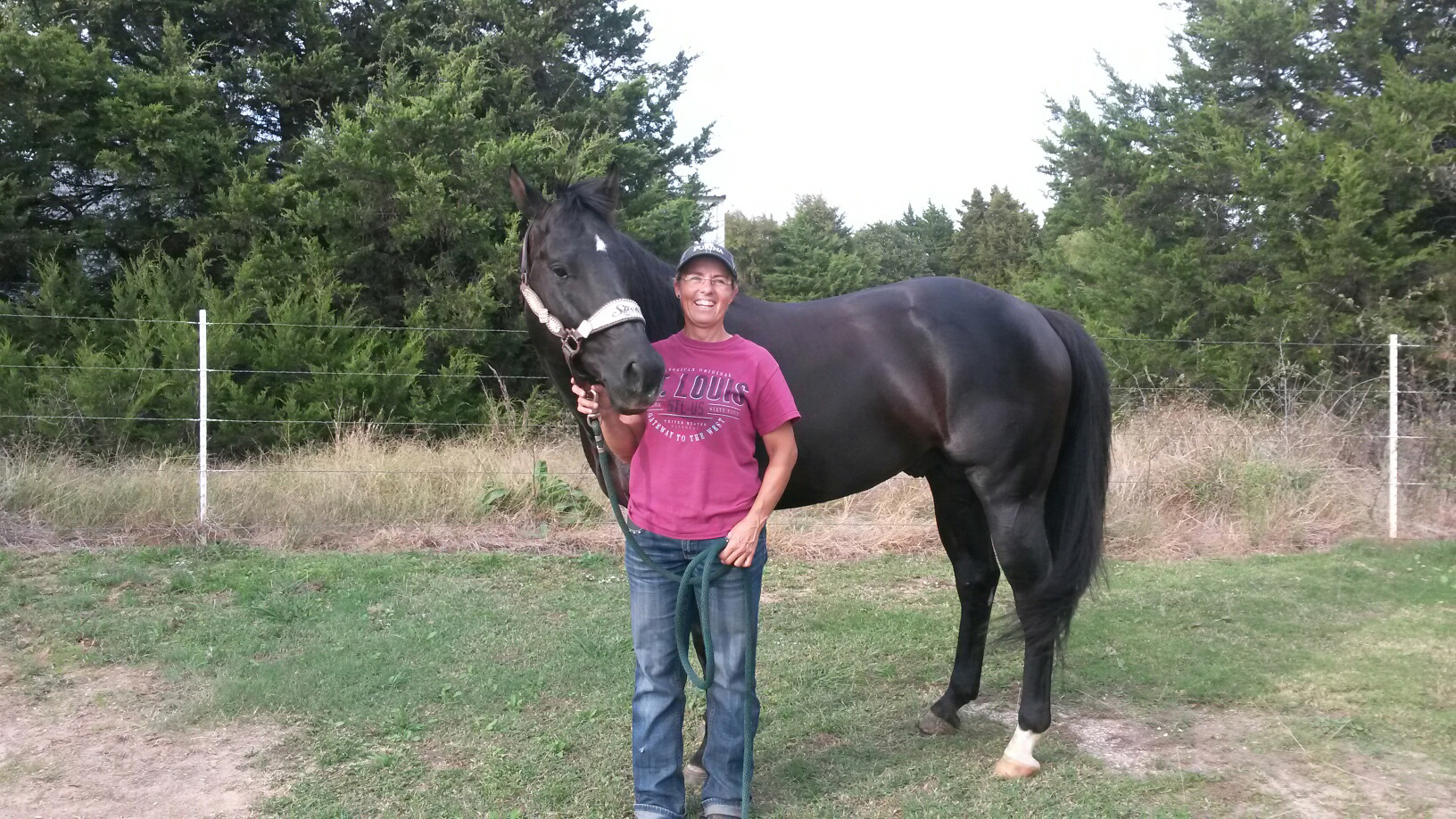
By Janis Blackwell
It is that time of year again when the best in the rodeo business head to Las Vegas to pit their skills against the 14 other qualifiers in each of their respective events. For most of us, we’ll never know first-hand what competition at that level is like or what it involves to get to that level, but through the gracious willingness of four of this year’s qualifiers to share a little of their stories, we can learn more about what it takes to get there and be ready to perform to the maximum of your ability in the ten grueling rounds of the Wrangler National Finals.
This month I interviewed Cade Swor, calf roper and six time NFR qualifier from Chico, Texas; Michele McCloud, barrel racer and four time NFR qualifier from Whitesboro, Texas; Luke Brown, team roping header and nine time NFR qualifier from Stephenville, Texas; and Wesley Thorp, team roping heeler and first time NFR qualifier from Stephenville, Texas, to learn how they prepare themselves physically and mentally and how they prepare their equine partners as well.
Some of the practices and philosophies of these champions in how best to get themselves and their horses in shape are the same or very similar, and in other areas they differ significantly. Starting with physical conditioning of themselves, it was interesting to learn that none of these competitors hit the gym to get or keep in shape. Every one of them stated that just practicing and exercising their horses were the best forms of exercise to keep them in top shape.
For example, Cade Swor said that he thought what helped him most in his preparation for the calf roping was to make a lot of runs just running down the rope, flanking and tying. For those who might not know, that just means a calf is on the end of a rope the length of his calf rope but it is tied to a post. The roper runs from the post to the calf, flanks and ties the calf down—very physically demanding on the roper. Swor feels he is accomplishing the conditioning needed while perfecting his skills. In his words, he is using the same muscles in conditioning that he will use in competition, better than anything the gym could offer. In addition, he rides and exercises his horse and does tie a few down daily, but on practice horses. He doesn’t believe in running lots and lots of cattle and burning himself or his horse out.
To read more pick up a copy of the December 2016 NTFR issue. To subscribe call 940-872-5922.
Equine
A Memorial Roping
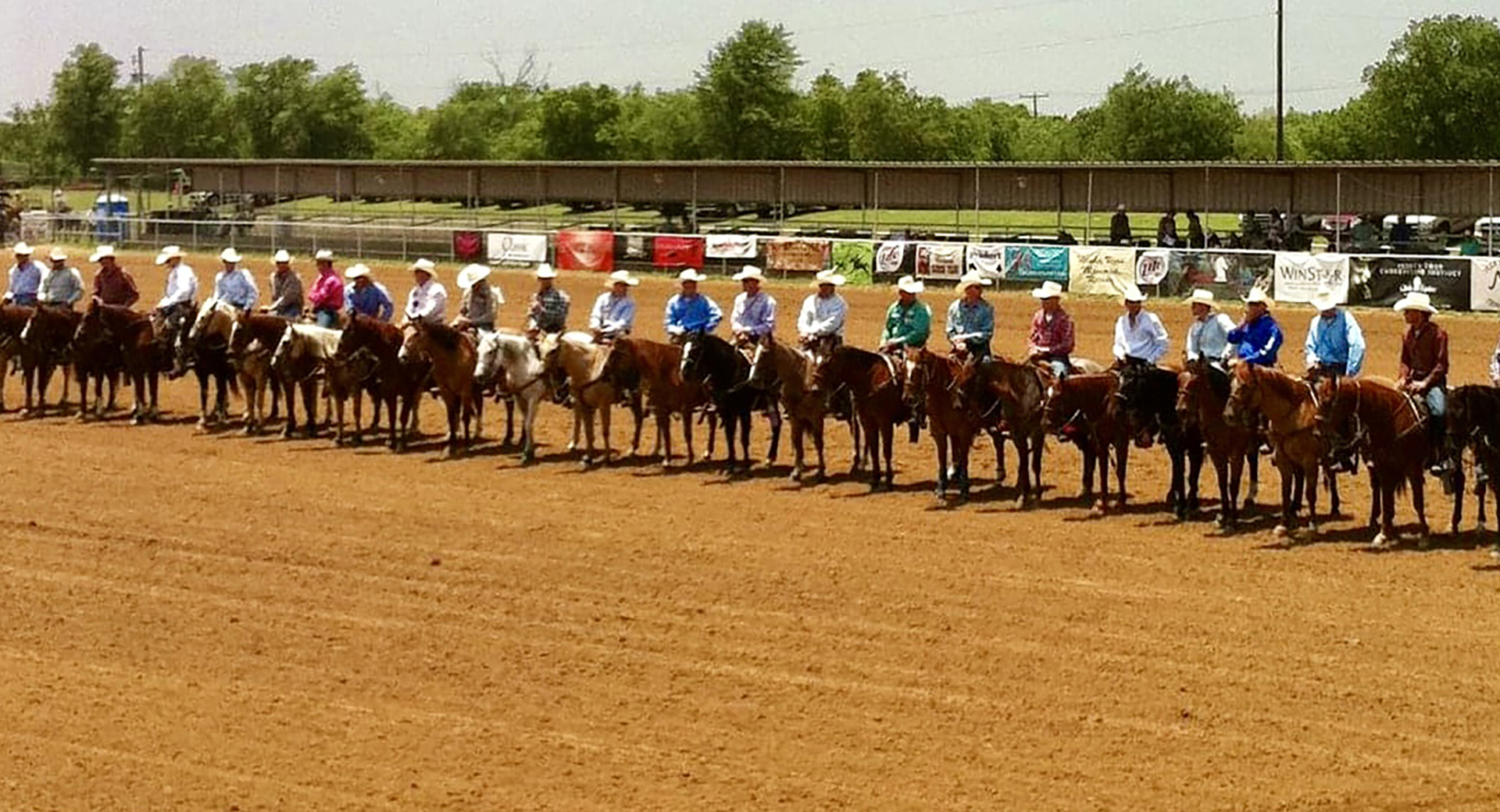
By Krista Lucas Wynn
The annual Windy Ryon roping was held on Memorial weekend, May 24-26, 2024. The bucket list event, in Saginaw, Texas, featured exciting competition in team roping, breakaway roping, tie down roping, steer roping, and team tying. Miraculously, the weather did not play much of a factor in the arena conditions, and it was a fun time had by all.
The three days of competition was the 50th year for the Windy Ryon, named after the cowboy businessman who founded Ryon’s Saddle Shop and Western Store, located in the historic Fort Worth Stockyards. The arena is conveniently just 10 minutes from the Stockyards, giving fans a full day of western activities. The weekend kicked off Friday, May 24, with an open breakaway roping, women’s team roping and open team roping.
To read more, pick up a copy of the July issue of NTFR magazine. To subscribe by mail, call 940-872-5922.
Equine
Two Texas Riders Claim Big Titles in Sooner State
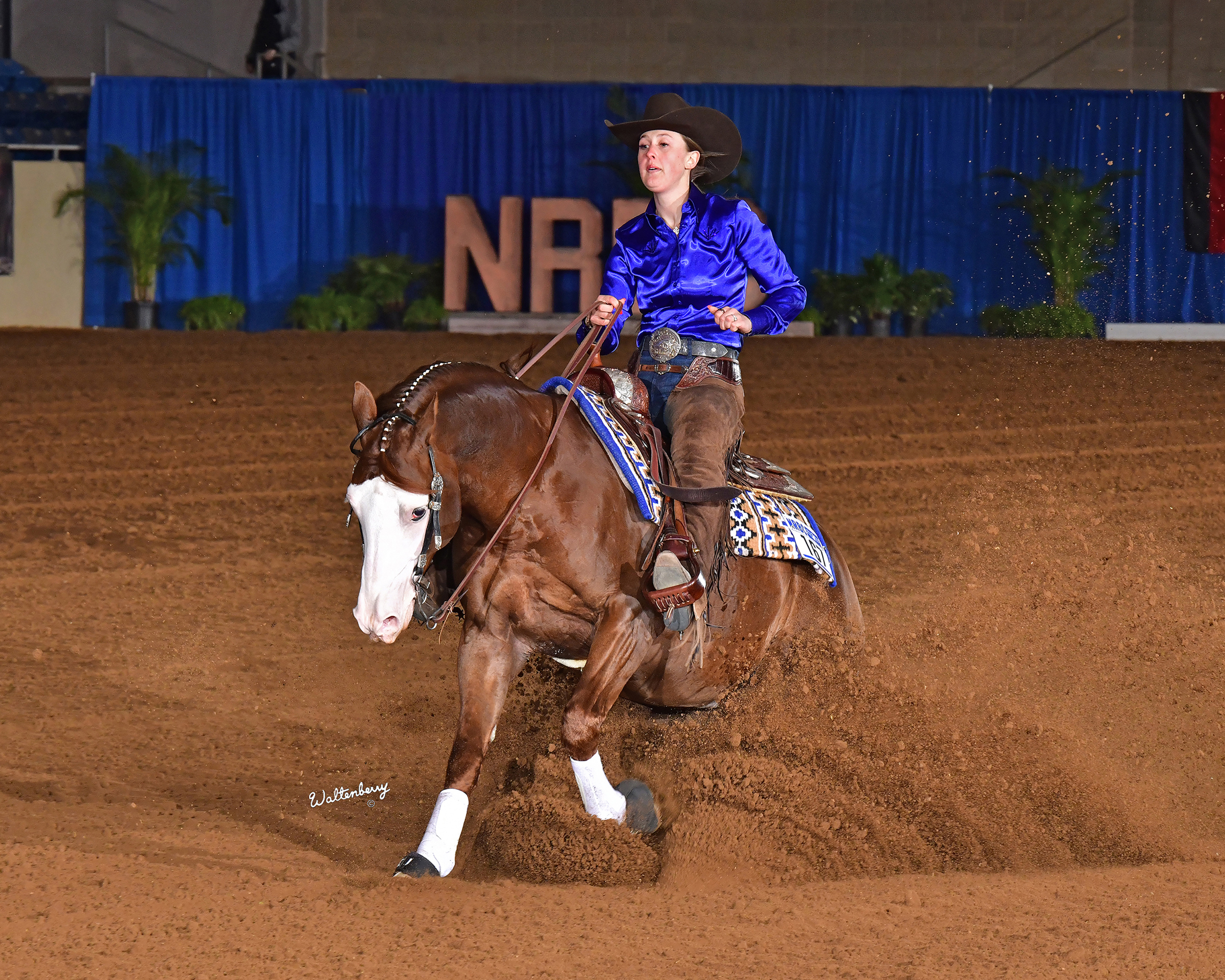
By Savannah Magoteaux
In April, reining horse enthusiasts from across the country and around the globe traveled to Tulsa, Okla., for the National Reining Breeders Classic. The event, one of the largest in the reining industry, made its move to Tulsa in 2023, after more than two decades in Katy, Texas. The move was lucrative, and the event set multiple records, prompting the NRBC Board of Directors to expand the event to 12 days.
When the spin was spun and the final slide slid, the event had awarded more than $1.7 million in prize money alone, plus countless prizes that would fill two rooms – that’s not including the two trophy trailers presented to the Open and Non Pro Champions. The NRBC will return to Tulsa April 15-26, 2025.
Weatherford’s Casey Deary Wins Open Championship on Down Right Amazing
Scores started out high in the NRBC Open Finals and continued to build through the evening, along with the anticipation of the crowd, all waiting for that big run to topple all the previous scores. That ride came to rapturous applause as Casey Deary and Down Right Amazing rode out of the arena to the sound of “The Circle of Life,” the song denoting a new high score at the NRBC.
To read more, pick up a copy of the June issue of NTFR magazine. To subscribe by mail, call 940-872-5922.
Equine
Women in Rodeo
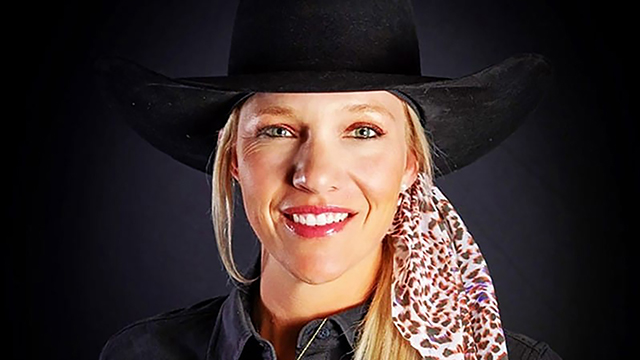
By Krista Lucas Wynn
As female sports come under fire in 2024, the same can not be said for the sport of rodeo. The western industry is not short of talented, strong cowgirls. The Women’s Rodeo World Championship, presented by the World Champions Rodeo Alliance and the Professional Bull Riders, is the world’s richest women’s rodeo with a guaranteed payout of $750,000.
The week-long event showcases women competing in barrel racing, breakaway roping and team roping. The WRWC is the culmination of professionals and challengers alike who have qualified by a point system, held May 13-18 at Cowtown Coliseum in Fort Worth, Texas, and the championship round is at AT&T Stadium in Arlington, Texas.
Competitors are nominated at any event throughout the year to earn points leading up to the WRWC.
To read more, pick up a copy of the June issue of NTFR magazine. To subscribe by mail, call 940-872-5922.
-

 Country Lifestyles1 year ago
Country Lifestyles1 year agoScott & Stacey Schumacher: A Growth Mindset
-

 Country Lifestyles7 years ago
Country Lifestyles7 years agoStyle Your Profile – What your style cowboy hat says about you and new trends in 2017
-

 Equine10 months ago
Equine10 months agoThe Will to Win
-

 HOME7 years ago
HOME7 years agoGrazing North Texas – Wilman Lovegrass
-

 Country Lifestyles4 years ago
Country Lifestyles4 years agoAmber Crawford, Breakaway Roper
-

 Outdoor9 years ago
Outdoor9 years agoButtercup or Primrose?
-

 Country Lifestyles8 years ago
Country Lifestyles8 years agoDecember 2016 Profile, Rusty Riddle – The Riddle Way
-

 Country Lifestyles8 years ago
Country Lifestyles8 years agoJune 2016 Profile – The man behind the mic: Bob Tallman

